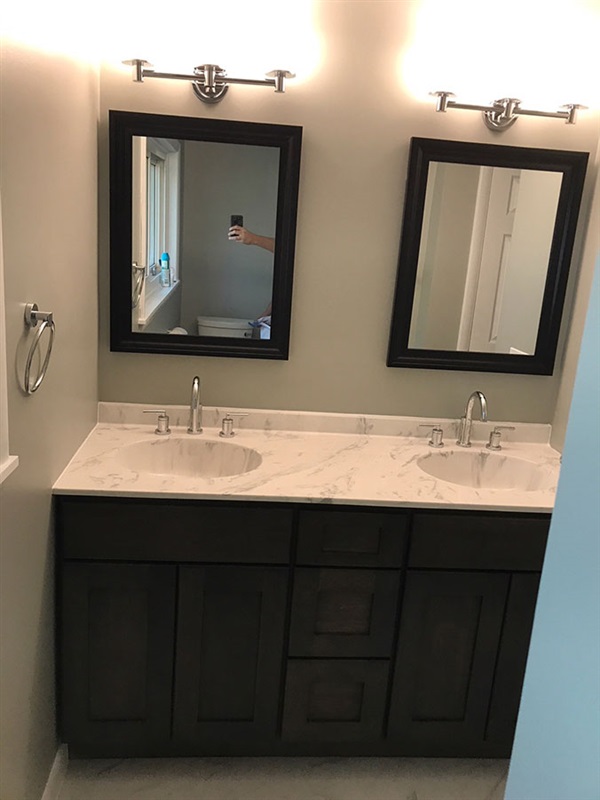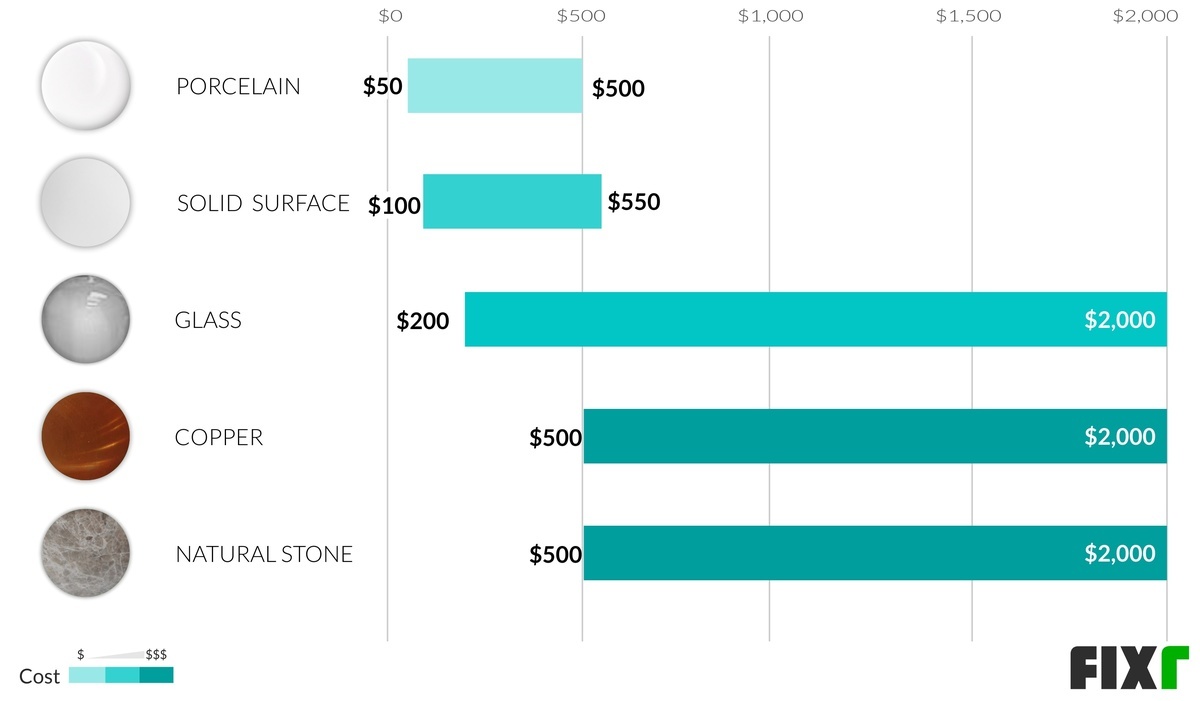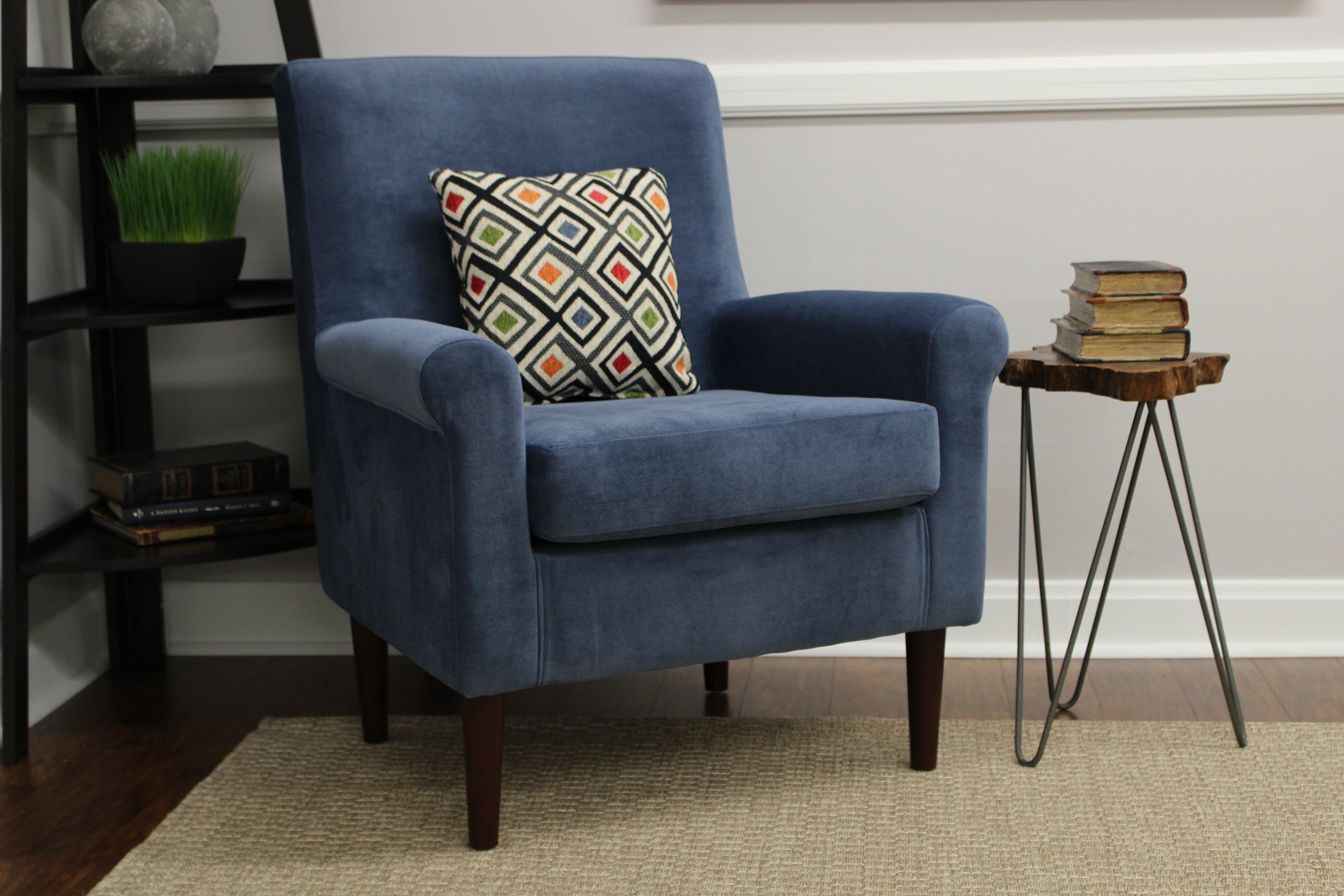Bathroom Sink Plumbing Installation
Installing a new bathroom sink can be a great way to update your bathroom and add value to your home. However, many homeowners are intimidated by the thought of tackling the plumbing installation themselves. But with the right tools and some basic knowledge, you can successfully install your own bathroom sink and save money on hiring a professional. In this article, we will guide you through the top 10 steps for a successful bathroom sink plumbing installation.
How to Install a Bathroom Sink
Before we dive into the steps, it's important to understand the basic components of a bathroom sink plumbing system. The main parts include the sink itself, the drain pipe, the water supply lines, and the P-trap. The P-trap is a curved pipe that prevents sewer gases from entering your bathroom. It's important to have all of these components in place before beginning the installation process.
DIY Bathroom Sink Installation
Installing a bathroom sink yourself can be a rewarding experience and can save you a significant amount of money. However, it's important to have some basic plumbing knowledge and skills before attempting this DIY project. You should also have all the necessary tools on hand to complete the installation, including a basin wrench, adjustable pliers, and a pipe cutter.
Step-by-Step Bathroom Sink Plumbing
Step 1: Turn off the water supply to your bathroom. This can usually be done by turning off the shut-off valves located under the sink.
Step 2: Remove the old sink and drain pipe. Use a pipe cutter to cut the drain pipe and remove any excess putty or caulk from the sink area.
Step 3: Install the new faucet and drain assembly onto the sink. Use plumber's putty to seal the drain and apply a small amount of Teflon tape to the faucet connections.
Step 4: Install the sink onto the vanity or countertop. Make sure it is level and secure it in place with mounting brackets.
Step 5: Connect the P-trap to the drain pipe and the sink's tailpiece. Make sure to use washers and tighten all connections with pliers.
Step 6: Connect the water supply lines to the faucet. Be sure to use washers and tighten all connections with pliers.
Step 7: Turn the water supply back on and check for any leaks. Make any necessary adjustments to the connections.
Step 8: Install the sink's overflow drain if applicable.
Step 9: Apply a bead of caulk around the edges of the sink to create a watertight seal.
Step 10: Test the sink by filling it with water and checking for any leaks. If everything is working properly, you have successfully installed your new bathroom sink!
Bathroom Sink Plumbing Guide
Now that you have a basic understanding of the installation process, here are some additional tips to keep in mind:
Tip 1: Measure twice, cut once. It's important to take accurate measurements before cutting any pipes to ensure a proper fit.
Tip 2: Use Teflon tape on all threaded connections to prevent leaks.
Tip 3: Don't over-tighten connections. This can cause damage to the pipes and fittings.
Tip 4: If you encounter any issues, don't hesitate to call a professional plumber for assistance.
Common Bathroom Sink Plumbing Issues
While installing a bathroom sink may seem straightforward, there are some common issues that can arise during the process. These include leaks, improper fitting, and clogged drains. If you encounter any of these problems, it's important to address them promptly to prevent further damage.
Tools Needed for Bathroom Sink Installation
Before beginning the installation process, make sure you have all the necessary tools on hand. These include:
Basin wrench: This tool is essential for tightening connections in hard-to-reach places.
Adjustable pliers: These are useful for tightening and loosening connections.
Pipe cutter: This will help you accurately cut the drain pipe to the correct length.
Teflon tape: This is used to create a watertight seal on threaded connections.
Tips for Successful Bathroom Sink Plumbing
Tip 1: Plan ahead and make sure you have all the necessary tools and materials before starting the project.
Tip 2: Take your time and follow the steps carefully to ensure a proper installation.
Tip 3: Consult online tutorials or seek professional advice if you are unsure about any steps.
Tip 4: Don't be afraid to ask for help if needed.
Cost of Bathroom Sink Plumbing Installation
The cost of installing a bathroom sink can vary depending on the complexity of the project and the materials used. If you hire a professional plumber, you can expect to pay anywhere from $200 to $500 for the installation. However, if you choose to DIY, you can save significantly on labor costs.
Hiring a Professional for Bathroom Sink Plumbing
If you are not confident in your plumbing skills or encounter any difficulties during the installation process, it's best to hire a professional plumber. They have the knowledge and experience to handle any issues that may arise and can ensure a proper and efficient installation.
The Importance of Proper Bathroom Sink Plumbing Installation

Ensuring Functionality and Aesthetics
 When it comes to designing a house, the bathroom is often one of the most important areas to consider. Not only is it a functional space, but it also plays a significant role in the overall aesthetic of the home. One of the key components of a bathroom is the sink, and its plumbing installation is crucial in ensuring both functionality and aesthetics.
Bathroom sink plumbing installation
may seem like a simple task, but it requires careful planning and execution to avoid any future issues. The first step is to choose the right type of sink for your bathroom. There are various options available, such as
undermount
,
drop-in
,
vessel
, and
pedestal
sinks, each with their own unique style and installation requirements.
When it comes to designing a house, the bathroom is often one of the most important areas to consider. Not only is it a functional space, but it also plays a significant role in the overall aesthetic of the home. One of the key components of a bathroom is the sink, and its plumbing installation is crucial in ensuring both functionality and aesthetics.
Bathroom sink plumbing installation
may seem like a simple task, but it requires careful planning and execution to avoid any future issues. The first step is to choose the right type of sink for your bathroom. There are various options available, such as
undermount
,
drop-in
,
vessel
, and
pedestal
sinks, each with their own unique style and installation requirements.
Proper Drainage and Water Supply
 One of the main reasons why proper bathroom sink plumbing installation is essential is to ensure proper drainage and water supply. A poorly installed sink can lead to
leaks
and
clogs
, which can cause damage to your bathroom and even impact the rest of your house. It is crucial to position the sink and its drainage pipes correctly to ensure efficient water flow and prevent any potential issues.
Furthermore, the water supply lines must also be installed correctly to avoid any future leakage or
water pressure
problems. This requires precise measurements and proper connections to the main water source. A professional plumber can help with this process to ensure that everything is installed correctly and functioning as it should.
One of the main reasons why proper bathroom sink plumbing installation is essential is to ensure proper drainage and water supply. A poorly installed sink can lead to
leaks
and
clogs
, which can cause damage to your bathroom and even impact the rest of your house. It is crucial to position the sink and its drainage pipes correctly to ensure efficient water flow and prevent any potential issues.
Furthermore, the water supply lines must also be installed correctly to avoid any future leakage or
water pressure
problems. This requires precise measurements and proper connections to the main water source. A professional plumber can help with this process to ensure that everything is installed correctly and functioning as it should.
Enhancing the Aesthetic Appeal
 Aside from functionality, the
aesthetics
of a bathroom sink is also a crucial factor to consider. A poorly installed sink can ruin the overall look of the bathroom, while a well-installed one can enhance its visual appeal. This is where proper plumbing installation plays a significant role, as it ensures that the sink is perfectly aligned and secured in place. It also allows for the incorporation of additional features such as
backsplashes
and
faucets
, which can further enhance the style and functionality of the sink.
In conclusion, proper bathroom sink plumbing installation is essential for both functionality and aesthetics. It requires careful planning and precise execution to ensure efficient drainage and water supply, as well as enhance the overall look of the bathroom. Make sure to hire a professional plumber for this task to avoid any future issues and enjoy a beautiful and functional bathroom sink for years to come.
Aside from functionality, the
aesthetics
of a bathroom sink is also a crucial factor to consider. A poorly installed sink can ruin the overall look of the bathroom, while a well-installed one can enhance its visual appeal. This is where proper plumbing installation plays a significant role, as it ensures that the sink is perfectly aligned and secured in place. It also allows for the incorporation of additional features such as
backsplashes
and
faucets
, which can further enhance the style and functionality of the sink.
In conclusion, proper bathroom sink plumbing installation is essential for both functionality and aesthetics. It requires careful planning and precise execution to ensure efficient drainage and water supply, as well as enhance the overall look of the bathroom. Make sure to hire a professional plumber for this task to avoid any future issues and enjoy a beautiful and functional bathroom sink for years to come.











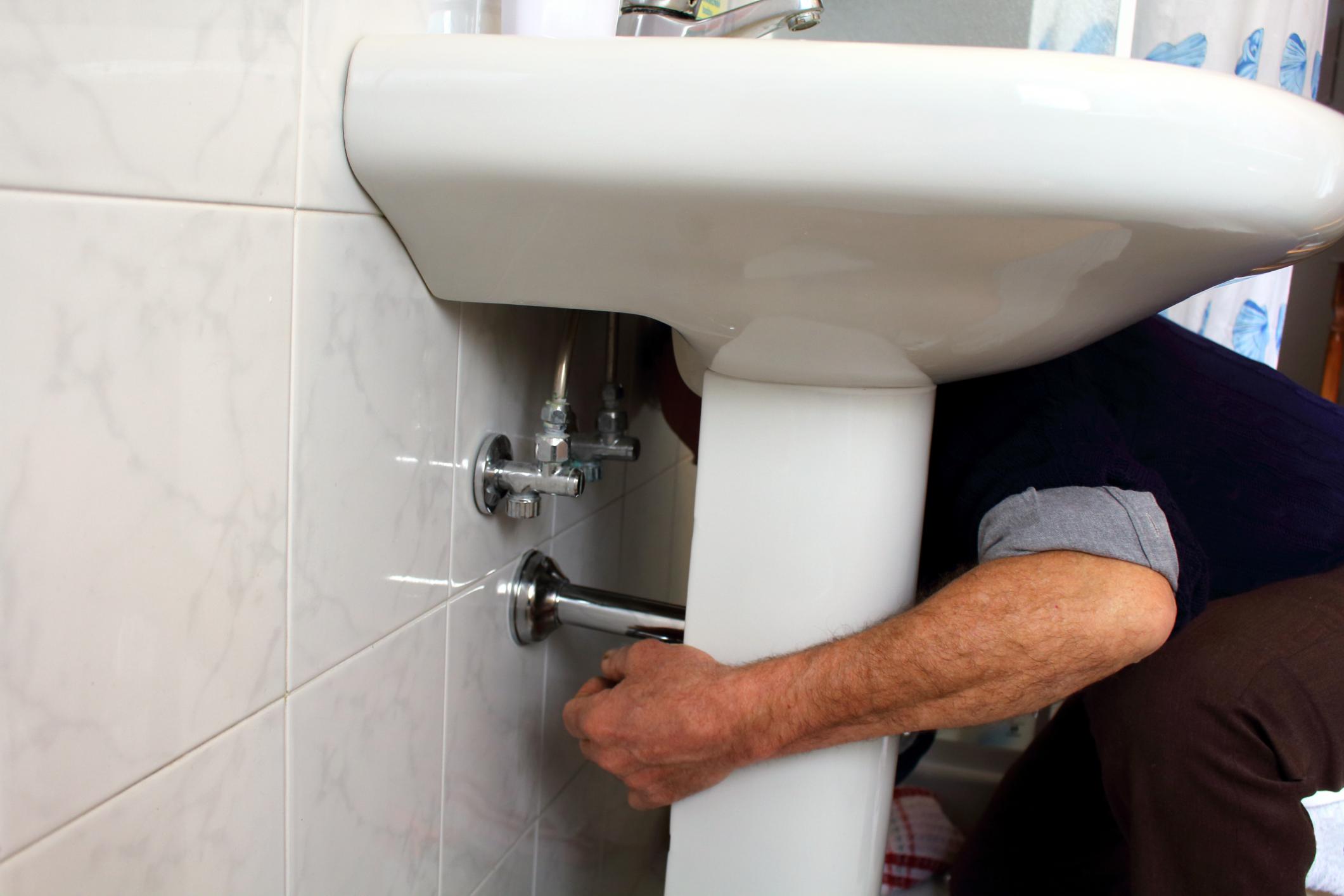



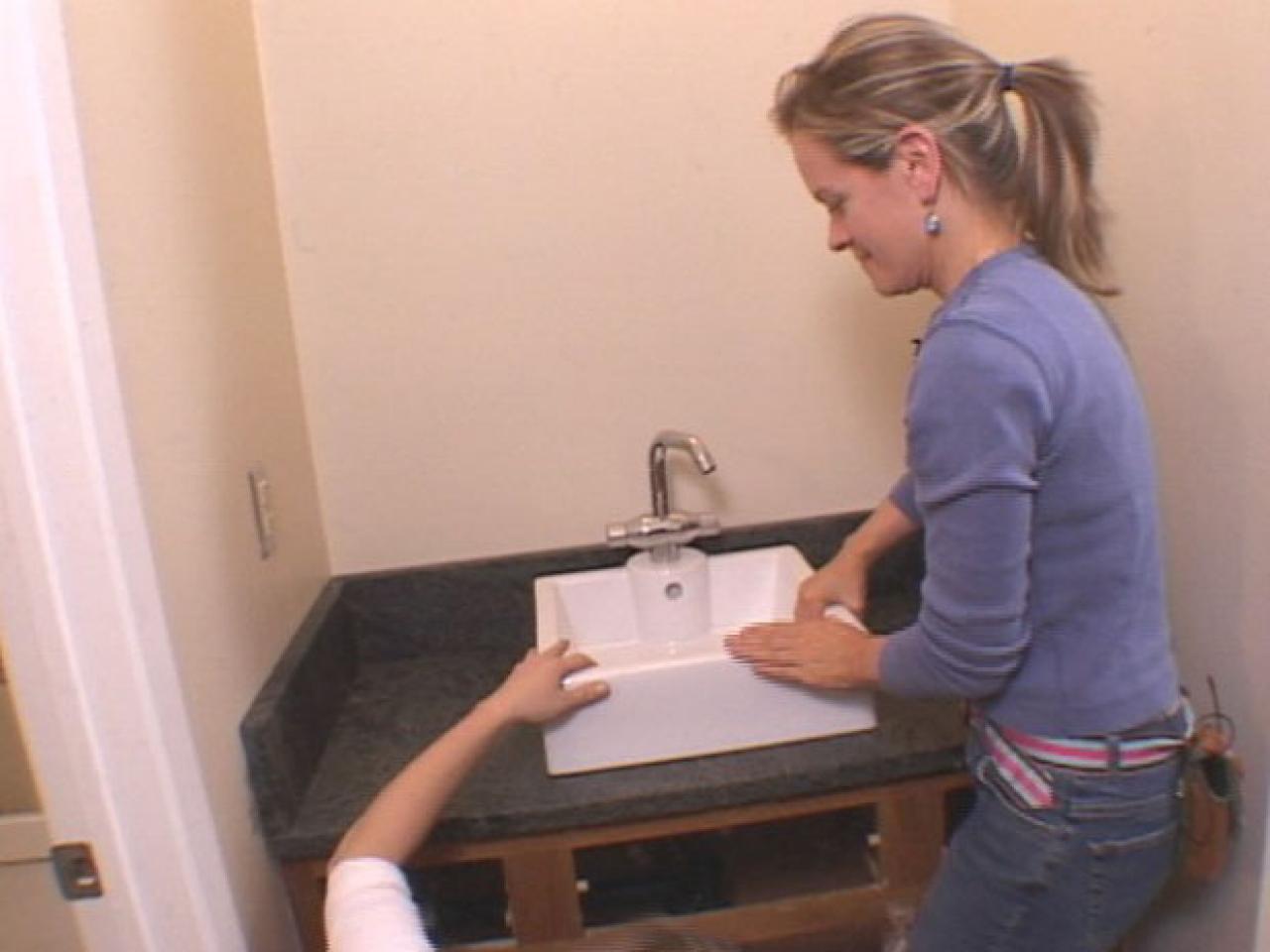






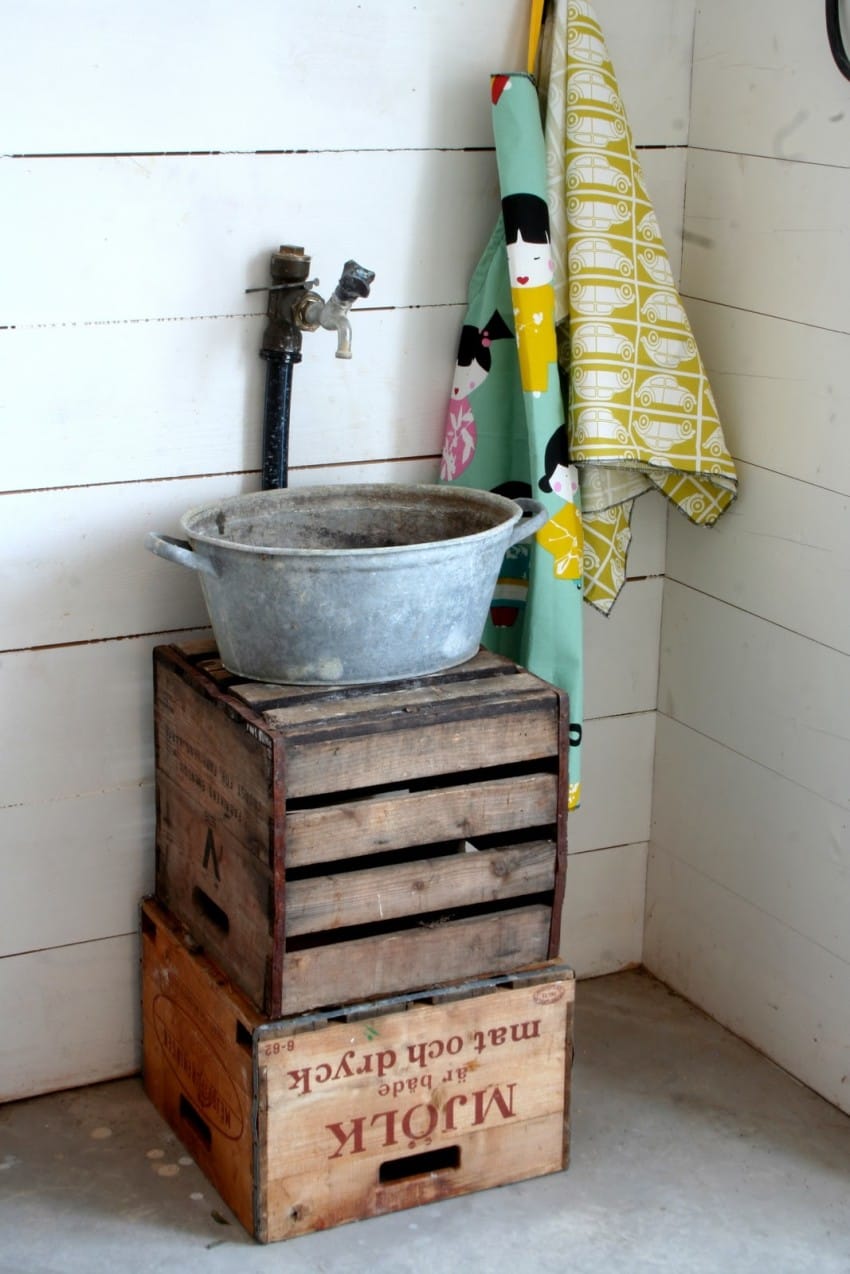

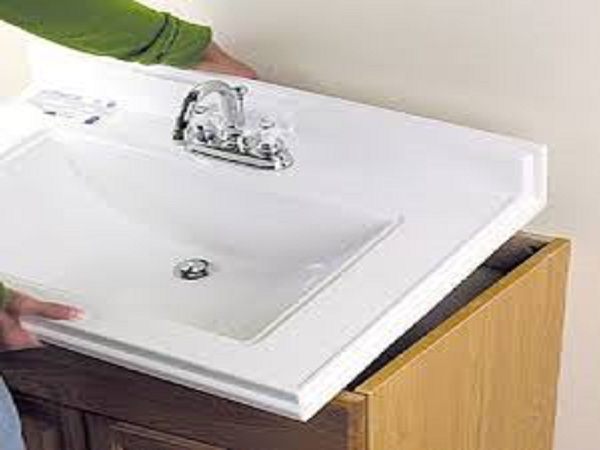

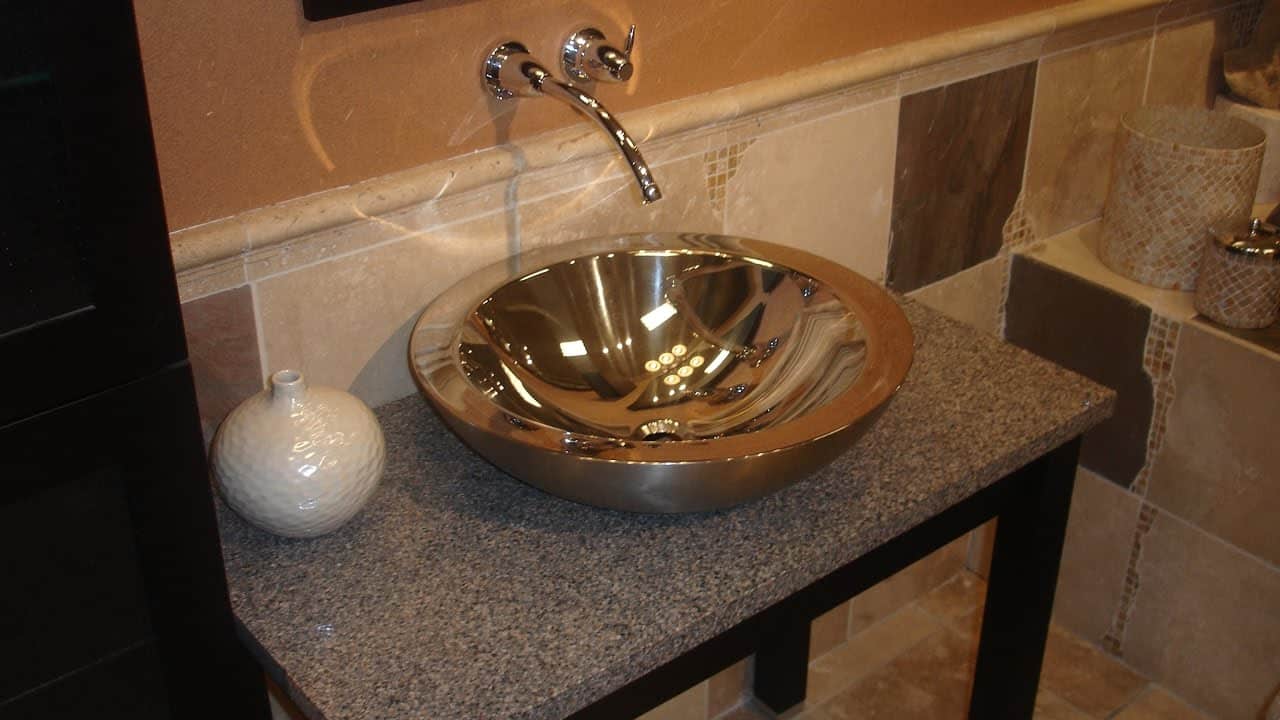












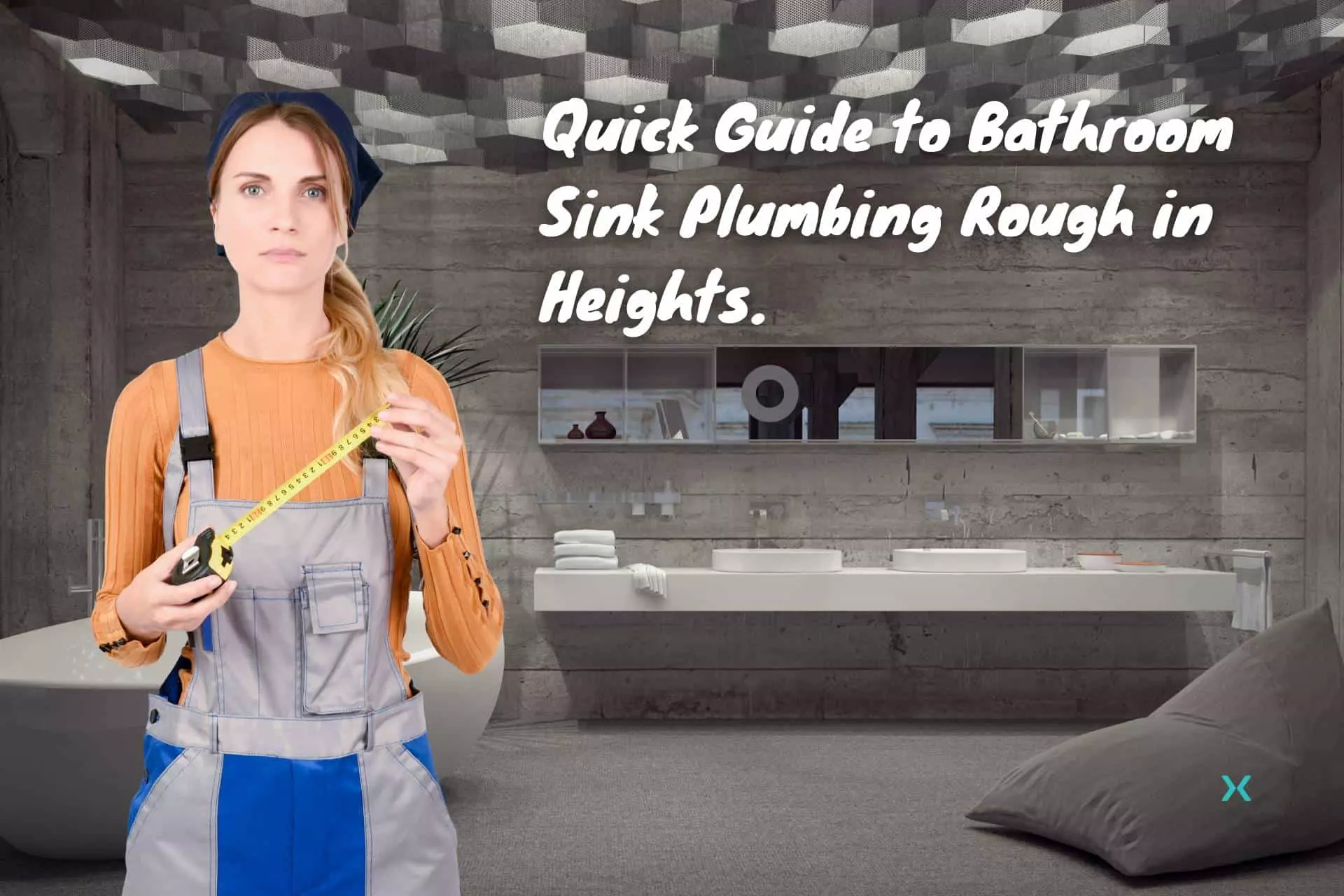


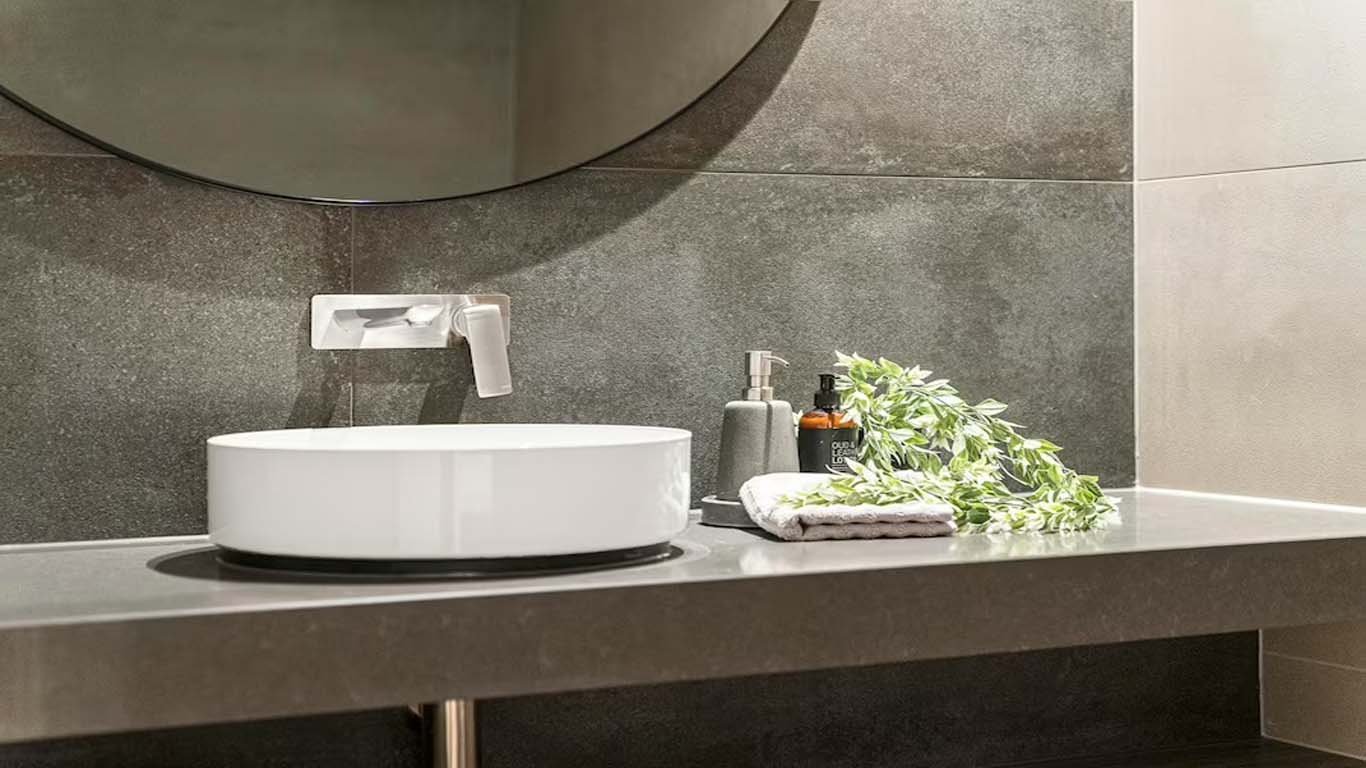



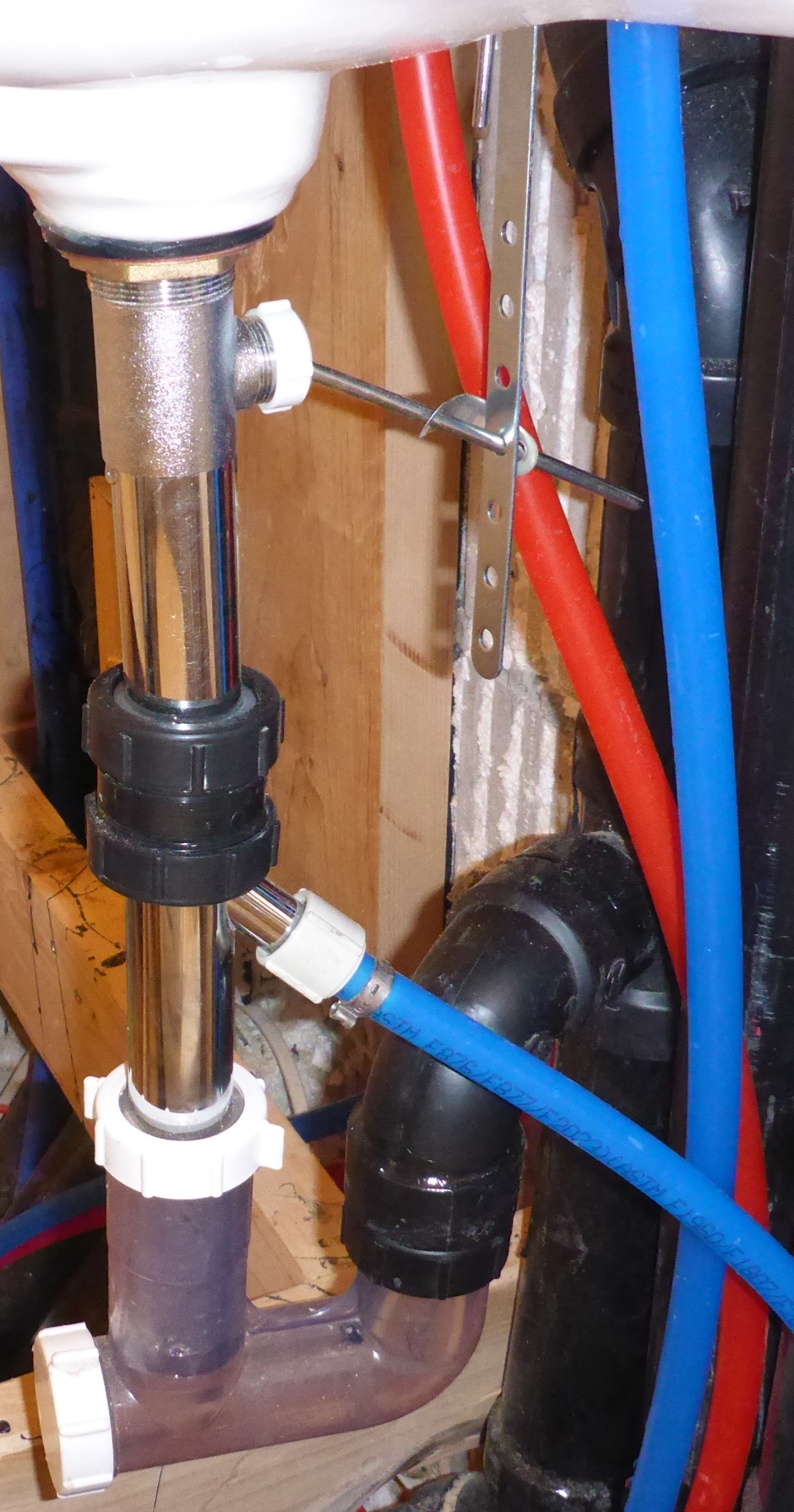


:max_bytes(150000):strip_icc()/the-parts-of-a-toilet-4145300-Final-da4e43ab28004291832f1132fc5231e9.png)



